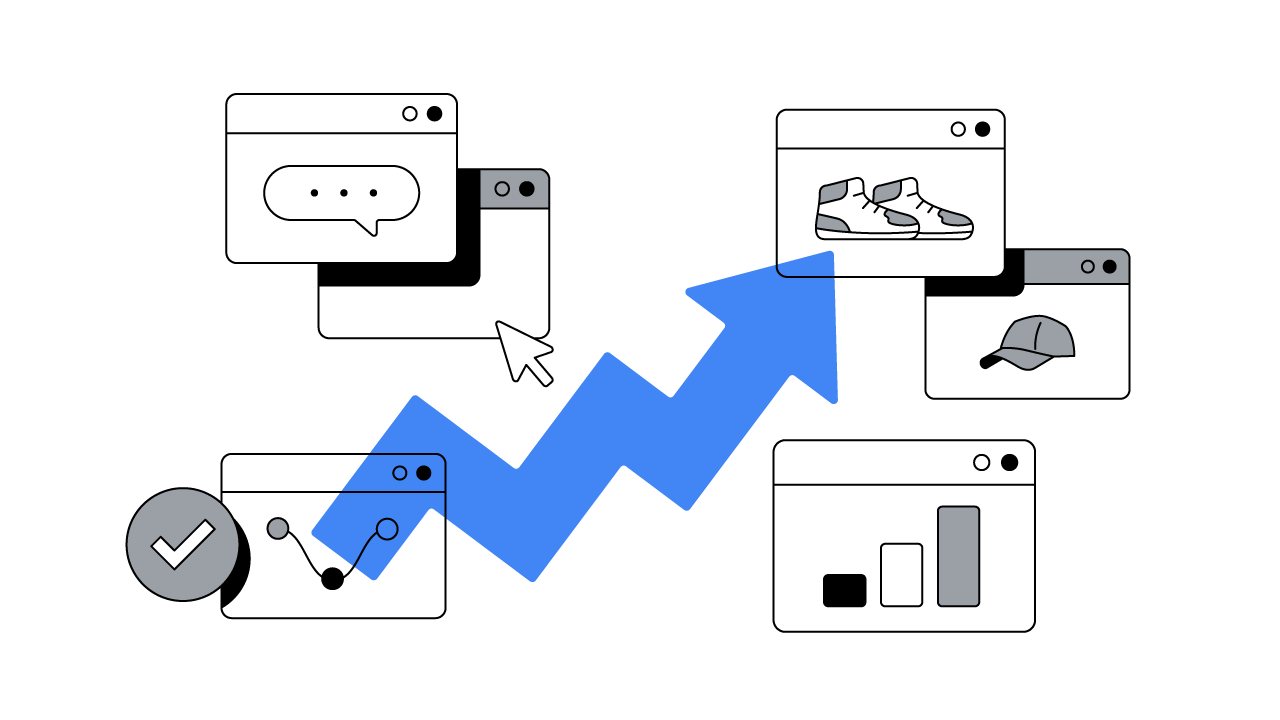Kunal Mukherjee-Chakraborty leads the direct-to-consumer omnichannel transformation at optical retailer GrandVision. He shares his personal views on five crucial steps to provide a best-in-class customer experience.
In the last two years, the number of customers who prefer to go online to ‘window shop’ before going in-store to make a purchase has doubled.1 As an optical retailer with over 7,200 physical stores across 40 countries, this shift provided us with a tremendous business opportunity to invest in digital, delight our customers, and stand out from the competition. It encouraged us to work harder at delivering seamless omnichannel experiences so that our customers can interact with our retail brands, product brands, and eyecare services via any channel of their choice.
To maintain our position as global leader in optical retailing, we had to see our digital transformation through the eyes of the customer. That’s why I prefer to call it a ‘customer experience transformation’. While digital is a key part of it, it’s not the end goal. Our main objective is to better serve customers throughout our customer journey and drive business value.
To achieve this customer experience transformation, we followed five fundamental steps.
Step 1: Prioritise customer journey use cases and ensure future-proof technology
To be able to serve our omnichannel consumers well, a critical first step was analysing customer journeys across multiple retail brands in multiple countries. This allowed us to assess pain points and opportunities and create a set of high-value customer use cases that – when implemented correctly - can solve those pain points at scale across different brands. The next step was to source the right future-proof technology to enable those use cases.
We chose best-of-breed MACH digital architecture (Microservices, API-first, Cloud-native, Headless) to deliver value at scale. It enables customers to research online, book eye exam appointments, and prepare for store visits, but also allows customers to buy online should they wish to. We built in-house Digital Products, Platform and Delivery teams who work in AGILE methodology and Design Thinking principles to deliver customer-facing features and functionalities at speed and at scale.
Step 2: Build the right data architecture
Our second step was building the right data architecture. We needed to get a single view of the customer journey by understanding consumer touch points and their relationship between online and offline interactions. A solid analytics and insights platform was crucial to deeply understand our customers so this is where we partnered with Google, and used tools such as Google Analytics 360, our own in-house CRM and personalisation platform, Customer 360, and Google Tag Manager 360. These tools have really helped us standardise how we ingest first-party omnichannel data and track KPIs across all our different retail brands and allowed us to create a much better understanding of the customer journey, ultimately making our omnichannel marketing campaigns more robust and personalised.
Bringing in key talent in data engineering, digital marketing, customer analytics, and data science has been essential to success. We use an analogy that a great racing car needs a great racing driver – so having the right team to make the most of this tech is crucial.
Step 3: Generating relevant traffic via personalised digital marketing
Now that we had a robust platform and data architecture in place, we needed to start driving high quality, relevant traffic. To do that as efficiently as possible, we invested in digital performance marketing strategies, and focused on two important omnichannel KPIs — ecommerce revenue and digitally influenced store sales (DISS) — across the organisation to ensure that every team was working toward the same goal.
We rolled out Google Marketing Platform (GMP) solutions, including the launch of Search Ads 360 to over 11 countries, so that we could offer localised experiences via country-specific retail banners. Data scientists then helped us establish a correlation between media investment, sales, and return of investment (ROI). We could already see the impact from this approach in the first half of 2021, when we boosted our revenue by 66% compared to the same time period in 2020. DISS followed the same positive trend, growing by 122% in the first half of 2021.
Step 4: Ensure budget forecasting for omnichannel paid media campaigns
Comprehensive paid media budget forecasting is crucial to running effective omnichannel campaigns. To ensure we didn’t leave any money on the table, we worked closely with Google and our retail brands to create an overarching view of all our media budgets before setting up our local ad campaigns. This cross-functional synergy between Google, our marketing and digital department and our finance teams set us up for success.
Step 5: Make content the crowning part of the strategy
Whether it concerns our retail brand websites, digital performance marketing, or CRM-based retention marketing efforts, we want to offer hyper-relevant, contextual content for our customers across all channels, with creatives that resonate at all times. To learn more about performance, our data and insights, digital marketing, and creative teams work together cross-functionally to conduct A/B tests for different content types and ads. We continuously ask ourselves whether our dynamic ads content is actually helpful, and if not, how we can increase customer relevance and conversion.
Watch our interview with Kunal Mukherjee-Chakraborty to find out more about GrandVision’s digital marketing transformation as part of our at-home video series.





